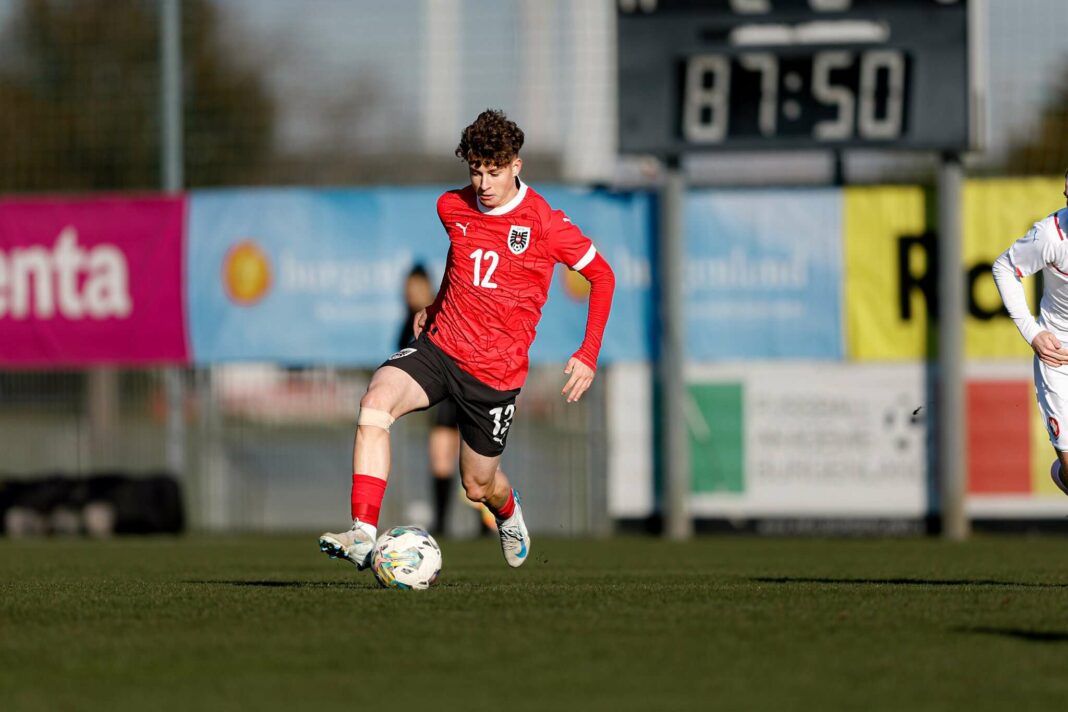Squid Game Season 2 showcases iconic South Korean filming locations that enhance its gripping narrative. Key sites include Incheon International Airport, the Daejeon Exhibition Center, and Seongapdo Island, each contributing to the show’s suspenseful atmosphere. Additional important locations include Hangangjin and Oksu Subway Stations, the historic Jung District, Seogang Bridge, and Seoul Grand Park. These diverse settings not only deepen the storyline but also celebrate South Korea’s cultural richness and breathtaking landscapes.
Unveiling the Iconic Filming Locations of Squid Game Season 2
Since its debut in 2021, Squid Game has transformed into a worldwide sensation. This South Korean series has mesmerized viewers with its intense storyline and stunning settings. As we anticipate season 2, Hwang Dong-hyuk, the visionary creator, is set to reveal more of South Korea’s iconic filming locales. Here’s a look at some of the most striking sites featured in the second season.
Key Filming Sites That Enhance the Narrative
One of the first notable locations is the Incheon International Airport, which serves as the starting point for season 2. In the premiere episode, Gi-hun faces a pivotal moment when he decides to forgo his flight to Los Angeles in order to confront the Front Man. Their exchange encapsulates Gi-hun’s determination to end the deadly games. This airport, built on the scenic Yeongjongdo and Yongyudo islands, is renowned for its modern design and cultural amenities, contributing a vibrant backdrop to the intense scenes filmed there.
Another significant site is the Daejeon Exhibition Center, a major venue in this season. The visually striking mazes and confusing staircases of its iconic corridors have been reimagined, creating a more labyrinthine and oppressive atmosphere for the deadly challenges faced by participants. This venue also hosts the chilling dormitories of the masked soldiers and the arena where the new ‘X’ and ‘O’ zones play critical roles in the unfolding drama, all situated in the scenic Yuseong district, which includes attractions such as the Hanbit Tower and a memorial museum.
Seongapdo Island serves as the isolated setting for the games, enhancing the show’s sense of mystery. This crescent-shaped, private island near Incheon is crucial during key moments, particularly as Jun-ho and his team attempt to breach its secrets.
The Hangangjin and Oksu Subway Stations are pivotal in the storyline, as Gi-hun and his crew pursue the enigmatic Recruiter portrayed by Gong Yoo. Chosen for their authentic atmosphere, Hangangjin is located on subway line 6, serving as a vital transit hub, while Oksu connects line 3 with the Gyeongui-Jungang line.
In the historic Jung District of Seoul, a crucial scene unfolds when a traffic infraction leads Jun-ho and Gi-hun to join forces. This district is rich in landmarks, including the famous N Seoul Tower and the Bank of Korea Museum, enhancing the scene’s significance.
Moreover, the Seogang Bridge, which links the Mapo and Yeongdeungpo districts over the Han River, becomes a dramatic setting in episode 2 when Jun-ho attempts to aid Gi-hun trapped in the Front Man’s limousine. This bridge, a familiar sight in various productions like The Host, intensifies the suspense of this moment.
Lastly, Seoul Grand Park, located in Gwacheon, is portrayed as the workplace of Kang No-eul, a North Korean army defector introduced in this season. Within this complex lies Seoul Land, an amusement park where an emotional moment unfolds concerning Gyeong-seok’s ailing daughter, another participant in the games.
With its diverse filming locations, season 2 of Squid Game promises to immerse viewers even deeper into its dystopian realm. The selection of these sites not only amplifies the storytelling but also highlights the cultural richness and stunning landscapes of South Korea.
